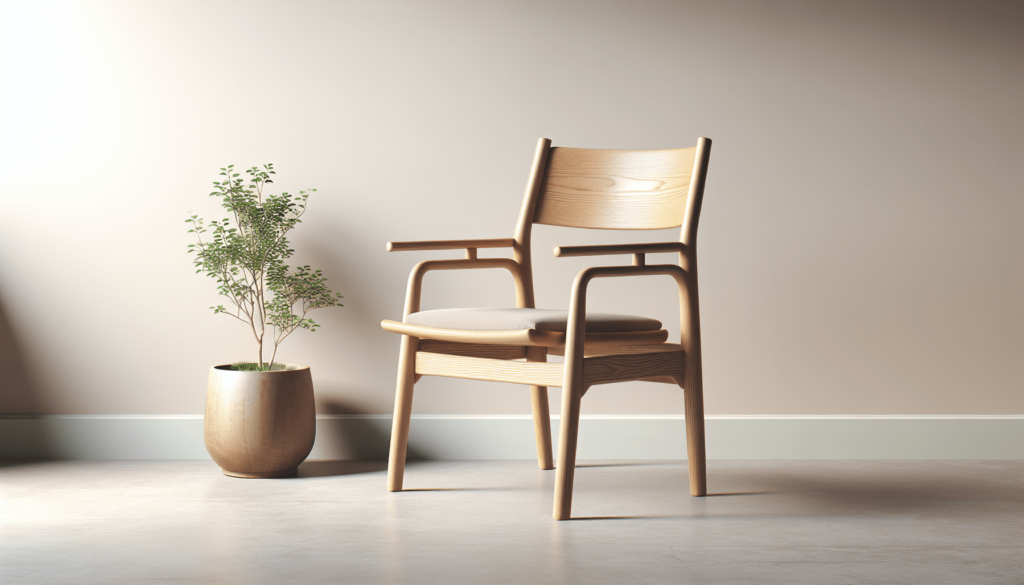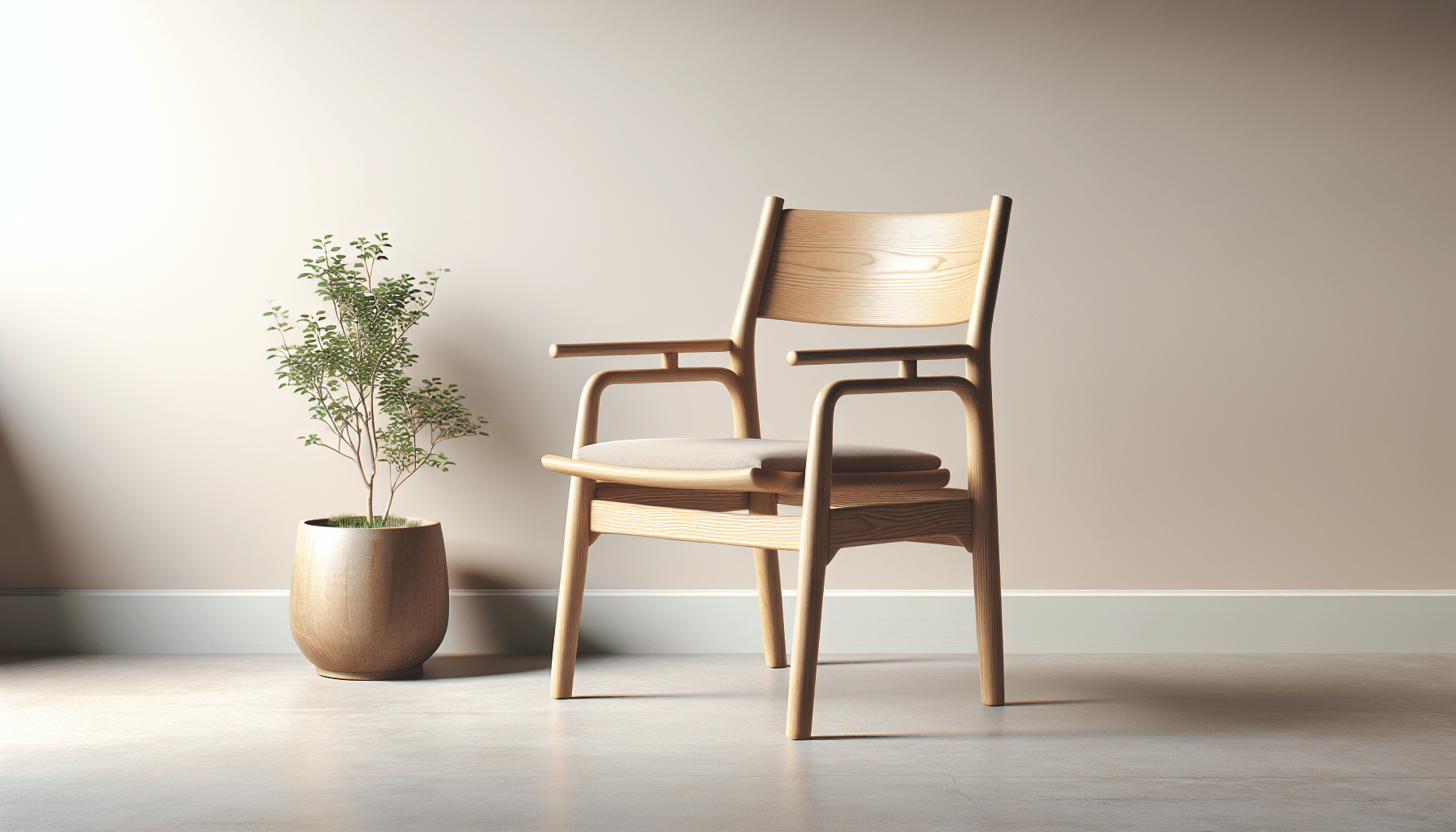Have you ever noticed how some spaces just seem to bring together comfort and simplicity seamlessly? This magical blend is often found in the Japandi design style, which fuses Japanese minimalism with Scandinavian functionality. If you’re curious about how these two distinct aesthetics come together, you’re in for a treat!
Understanding Japandi Design
Japandi design is more than just a style; it’s a philosophy. It captures the essence of two cultures—Japan and Scandinavia—known for their unique approaches to aesthetics and functionality. In essence, Japandi emphasizes the beauty of simplicity while ensuring usability in every piece of furniture and decor.
The Origins of Japanese Minimalism
Japanese minimalism stems from a rich cultural tradition that values simplicity, nature, and functionality. Originating from Zen philosophy, Japanese design encourages a serene environment filled with natural materials, muted colors, and clean lines. This style isn’t just about having fewer items; it represents a lifestyle that prioritizes mindfulness and tranquility.
The Roots of Scandinavian Functionality
Scandinavian design, on the other hand, is rooted in practicality. This style emerged from the need for functional yet aesthetically pleasing spaces, particularly in the harsh Nordic climate. Characterized by light colors, natural materials, and an emphasis on comfort, Scandinavian design is all about creating welcoming and functional environments.
The Intersection: Where Japandi Meets
When you combine these two philosophies, you create Japandi, where space is utilized efficiently while retaining an inviting warmth. The goal is to curate a space that is both stylish and functional, embodying a harmony that is visually stunning and practically usable.
Key Principles of Japandi Design
Understanding the key principles behind Japandi can help you transform not just your space but also your mindset towards living simply and functionally. Here are the core elements to consider:
Minimalism
At the heart of Japandi is the concept of minimalism. This doesn’t mean sparse arrangements or empty rooms; rather, it’s about intentionality. Every item you choose to include should serve a purpose and bring joy.
Natural Materials
Natural materials play a crucial role in Japandi. Wood, bamboo, cotton, and stone are favored for their texture and connection to nature. These materials not only provide warmth but also create an environment that promotes well-being.
Neutral Color Palette
A soft, neutral color palette marks the Japandi aesthetic. Earthy tones such as beige, brown, gray, and white allow for a more relaxed environment while serving as a beautiful backdrop for accented features.
Functionality and Comfort
Scandinavian design prioritizes functionality, and in Japandi, this principle is equally important. Furniture pieces are chosen for their practicality and comfort, ensuring that every space is not only beautiful but also livable.
Harmony and Balance
Harmony in design refers to the balance of different elements. In Japandi, this means finding a mix of Japanese and Scandinavian influences while ensuring that they don’t compete but rather complement each other.

How to Incorporate Japandi Into Your Home
If you’re eager to embrace the Japandi style in your home, you have various options available to you. The beauty of Japandi is that it’s adaptable, meaning you can weave it into your existing decor with some thoughtful adjustments. Here are some practical ways to start:
Declutter Your Space
To create a Japandi-inspired environment, begin with decluttering. Remove items that don’t have a clear purpose or emotional connection. This allows for a fresher, more open atmosphere that reflects simplicity.
Choose the Right Furniture
When selecting furniture, look for pieces that embody clean lines and a natural feel. Opt for low-profile sofas, wooden tables, and minimalistic chairs that reflect the principles of both Japanese and Scandinavian design philosophies.
| Furniture Type | Japandi Characteristics |
|---|---|
| Sofas | Low-profile, neutral fabric |
| Tables | Wooden, minimalist design |
| Chairs | Ergonomic, natural materials |
Embrace Natural Textiles
Integrate natural textiles like linen, cotton, and wool into your decor. Consider soft rugs, cozy throws, and cushions that add comfort while showcasing the beauty of nature.
Use Earthy Tones
Transform your space by painting the walls or adding decor items in earthy tones. This can help create a calming environment while reflecting the natural world.
Incorporate Greenery
Plants are essential in the Japandi style. They bring life to a room, enhance air quality, and connect your indoor space with nature. Choose easy-to-care-for plants like succulents or peace lilies to complement your decor.
Create Functional Spaces
Every area in your home should serve a purpose. Whether it’s an inviting reading nook or a tidy workspace, ensure that each space is designed with functionality and comfort in mind.
Accessorize Thoughtfully
While keeping things minimal, accessorize with intention. Select a few decorative items that resonate with you personally. This allows your personality to shine through without overwhelming the space.
The Impact of Japandi Design on Well-Being
One of the most significant benefits of adopting Japandi in your lifestyle is the profound effect it can have on your well-being. When your environment is clear and organized, it can lead to reduced stress and increased focus.
Mindfulness Through Minimalism
Living in a minimalist space encourages mindfulness. You become more aware of your surroundings, allowing you to appreciate the beauty of simplicity. This practice can lead to greater mental clarity.
Enhanced Comfort
The use of natural materials and comfortable furniture ensures that your space is not just visually appealing but also inviting. Comfort plays a crucial role in how you feel in your home.
Connection with Nature
Integrating plants and natural elements fosters a sense of connection to the outdoors, which can improve mood and overall health. This connection is vital for promoting a calm and serene environment.
Conclusion: The Future of Japandi
As design trends evolve, Japandi is gaining popularity for its seamless combination of simplicity and functionality. So, as you think about incorporating this style into your life, remember that it’s about forging a space that reflects who you are while promoting a harmonious atmosphere.
Embracing Japandi can change not just your home but also the way you approach life—simpler, more purposeful, and deeply connected to your surroundings. By taking small steps toward this design philosophy, you can create an oasis of calm and beauty in your everyday life.
Would you like to take that journey towards a more serene and functional space? You’re already on the right path!

